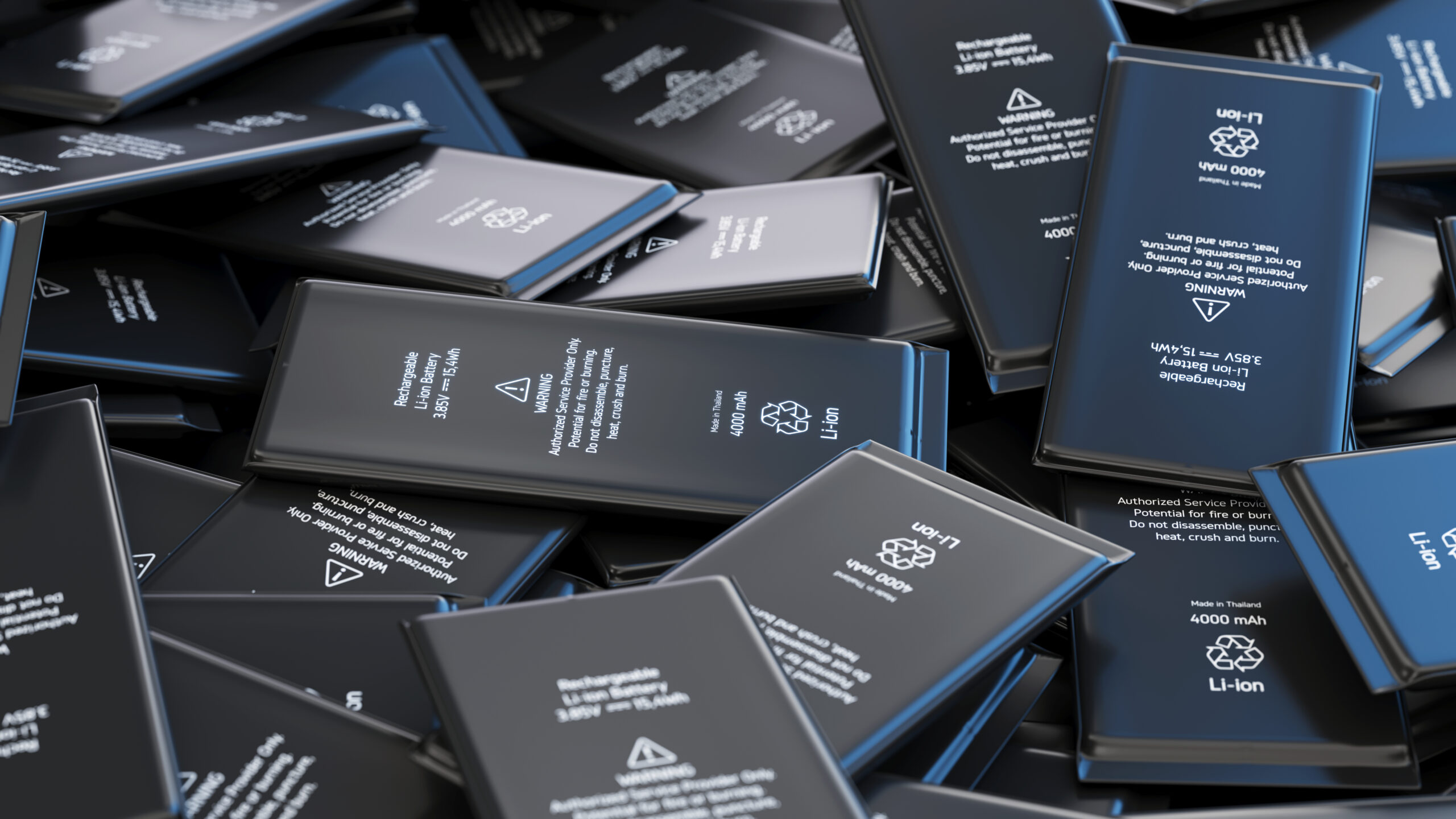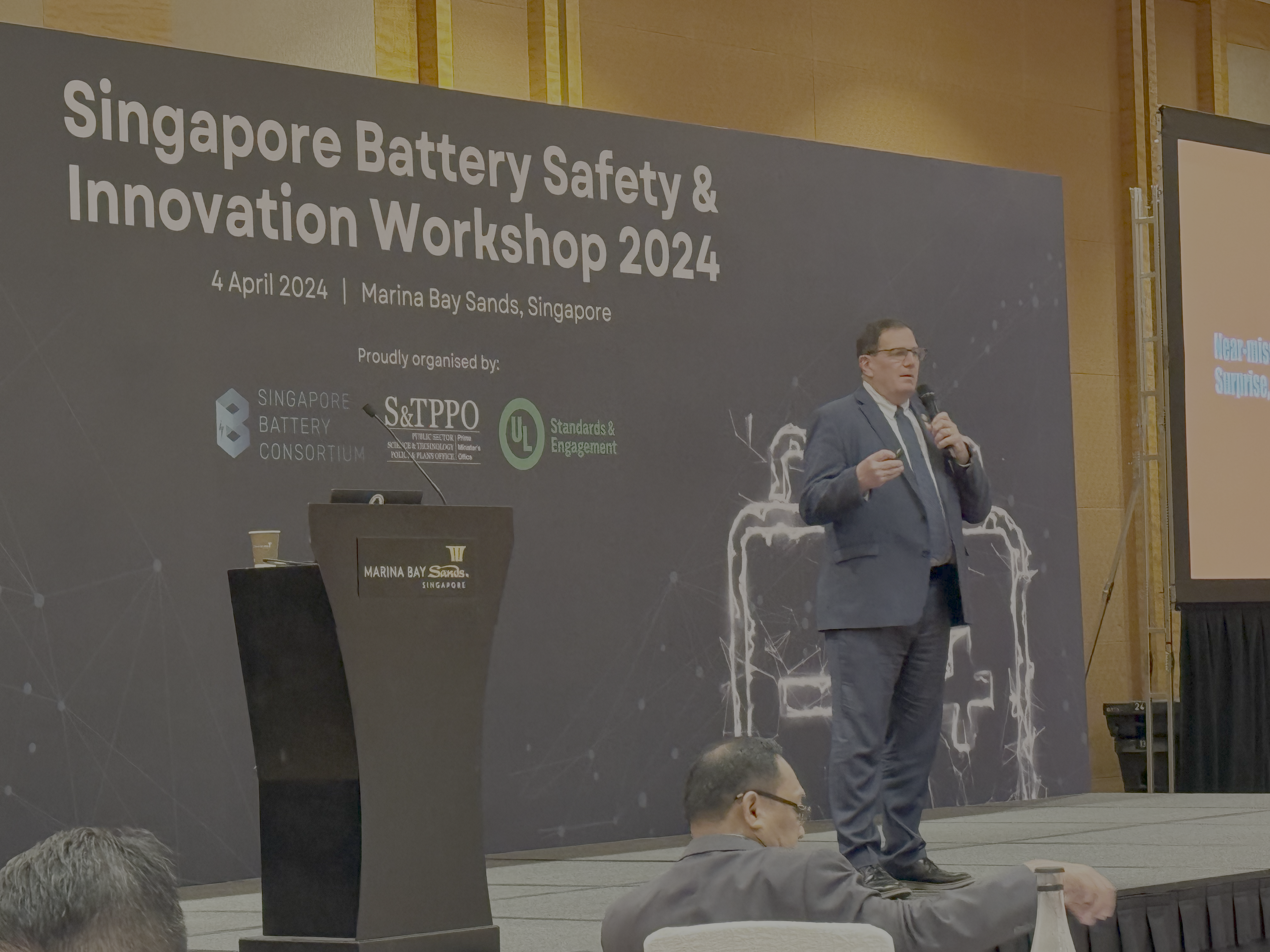
Insights & Data
Browse our publicly available digital resources and research findings in our digital library of safety information.
Featured Data & Insights
Explore By Focus Area
sort
-

A Fire Safety Educator’s Guide to Safe Holiday Gifting and Travel
-
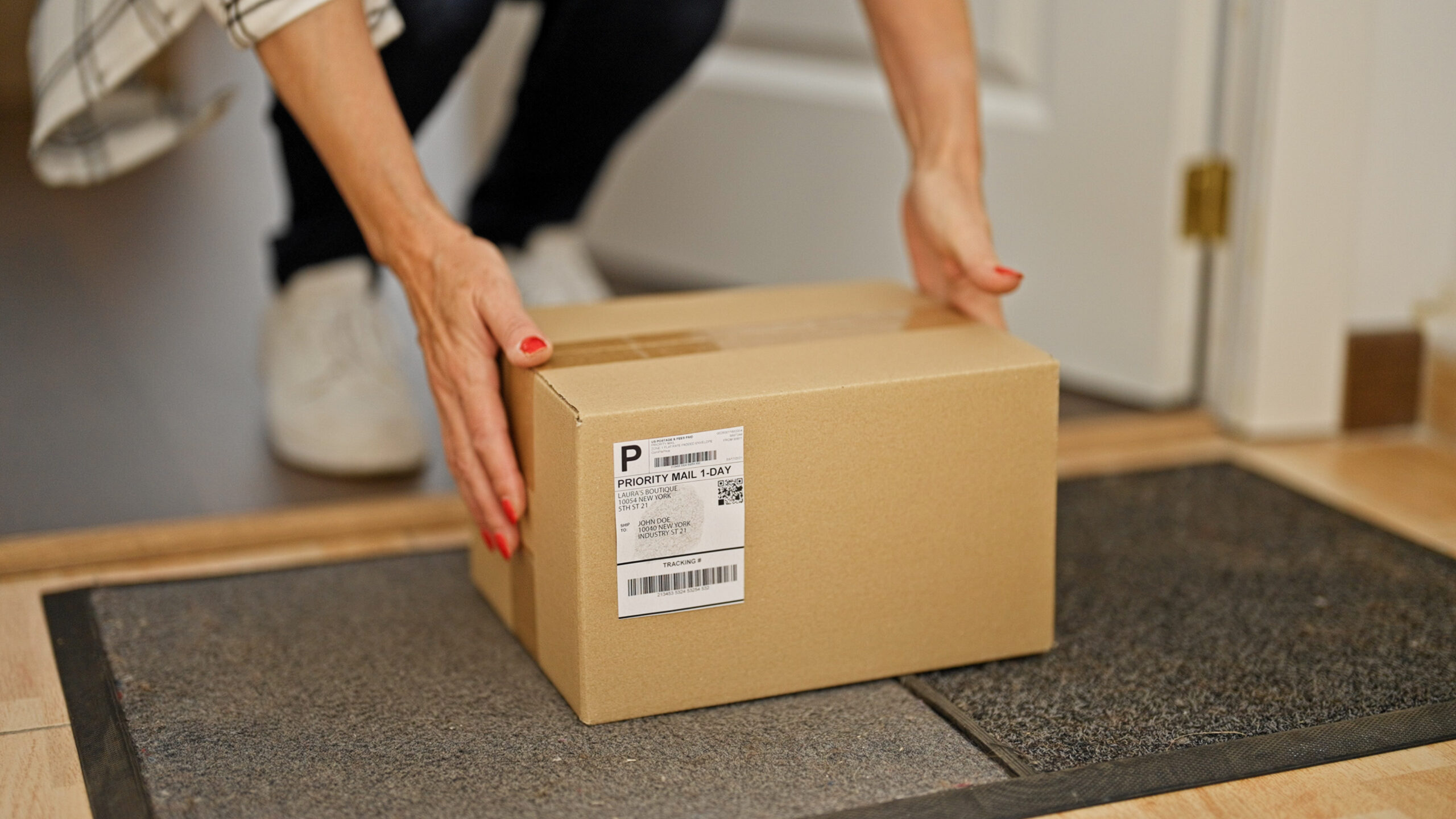
Don’t Fall for Fakes on Black Friday: What Gift Buyers Should Know
-

2025 Holiday Safety Guide
-

Raising Global Awareness of Lithium-Ion Battery Safety in Air Travel
-

The Hidden Dangers of Counterfeit Batteries (And What You Can Do)
-
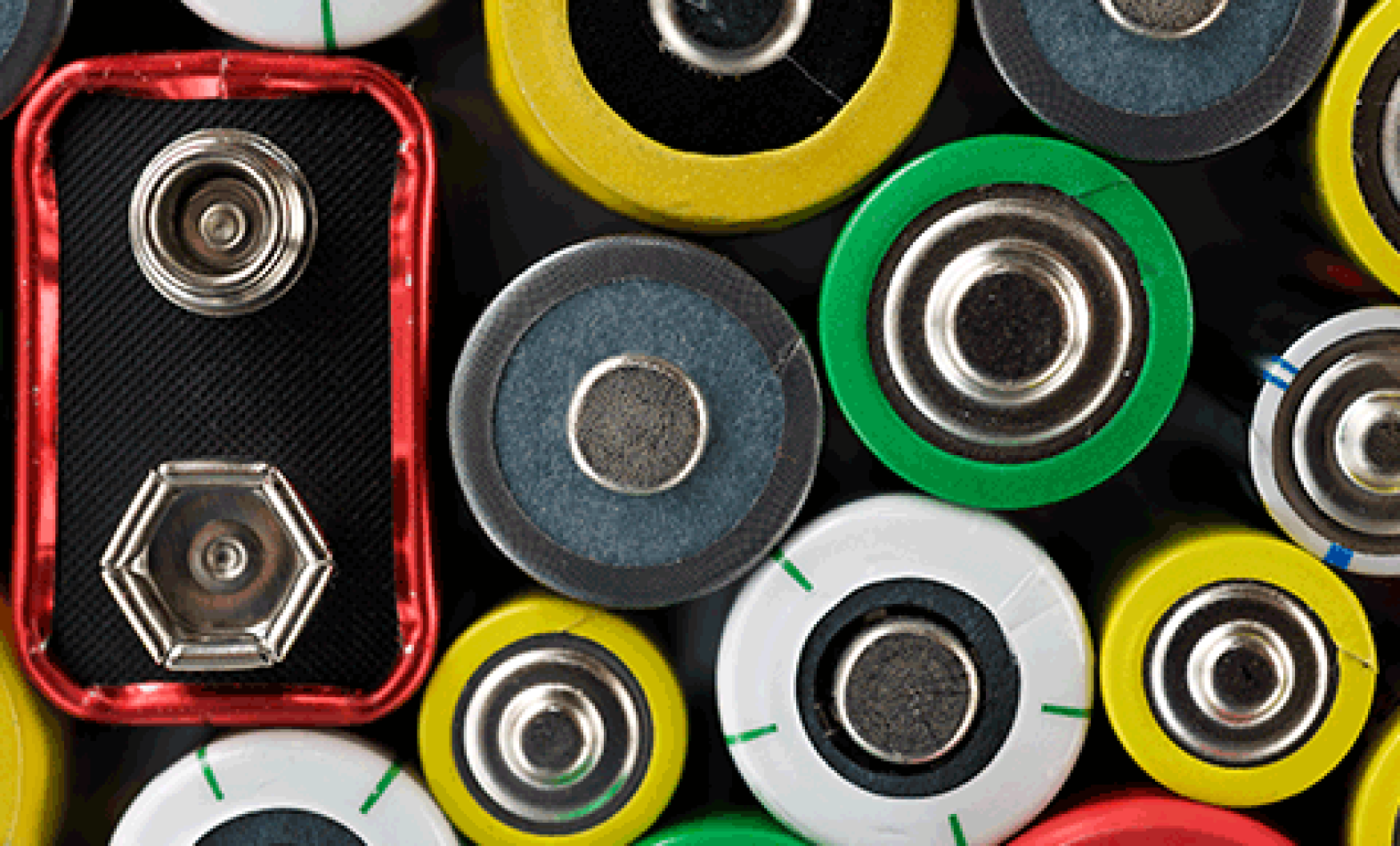
The Safety Circuit: How Standards Help Make Batteries Safer for You
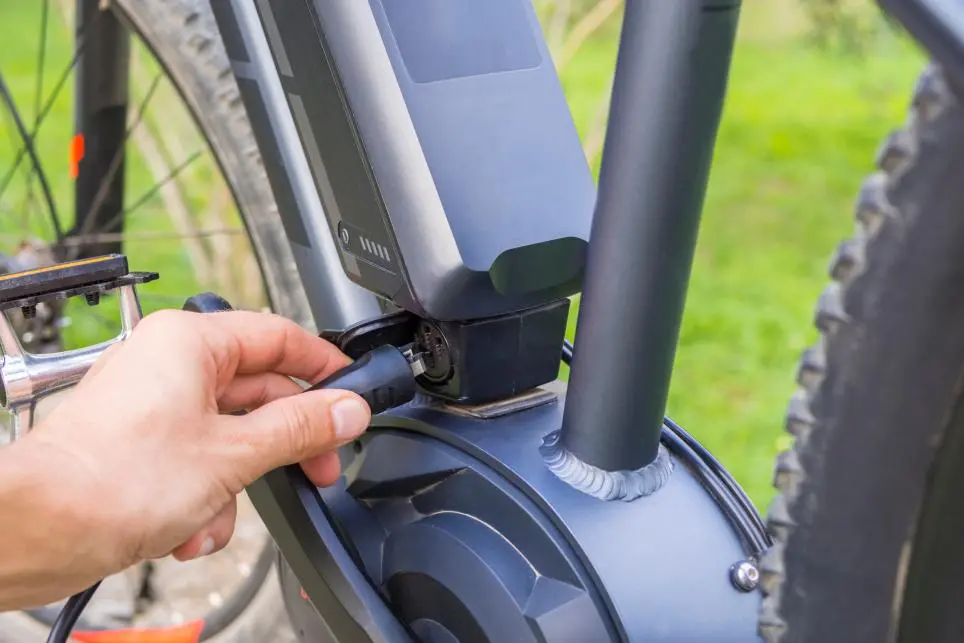


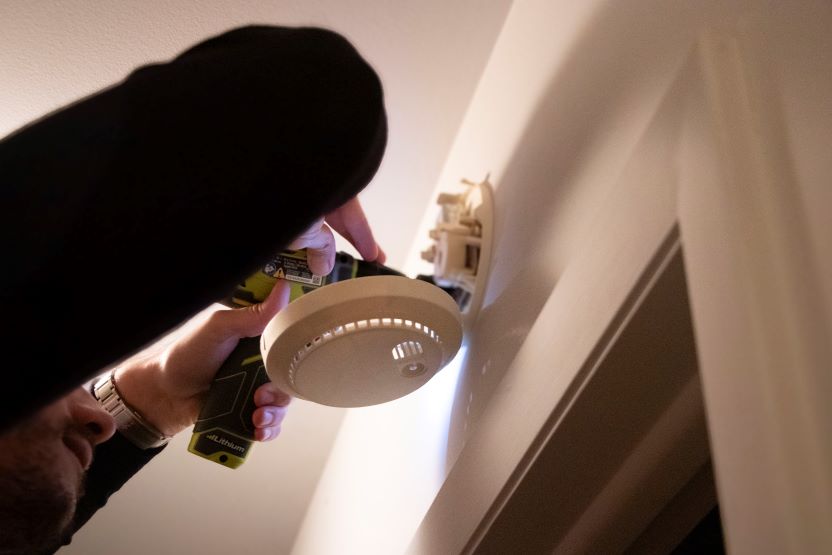


-scaled.jpg)
